Benefits of Genrefying Non-Fiction
Non-fiction is seeing a bit of a resurgence in recent years and I am very much here for it. I love non-fiction and think big, beautiful and relevant collections have so much to offer staff and students of all ages.
But how best to present and organise your non-fiction collection? Would a genrefied collection offer the most for your students?
Genrefication has been around for a while now. Many people started by genrefying their fiction collections, but genrefied non-fiction collections have just as many, if not more, benefits to offer, for the collection itself, the library staff, and the staff and students accessing the collection.
So, here’s my list of benefits of a genrefied non-fiction collection and why you should think about genrefying your non-fiction collection.
Promoting Non-Fiction
What place does non-fiction have in your school library? Is it prominently featured or stashed down the back? What’s the signage like in the non-fiction collection versus the fiction collection? A genrefied collection can be more-easily promoted and used to increase usage and highlight the best of your titles.
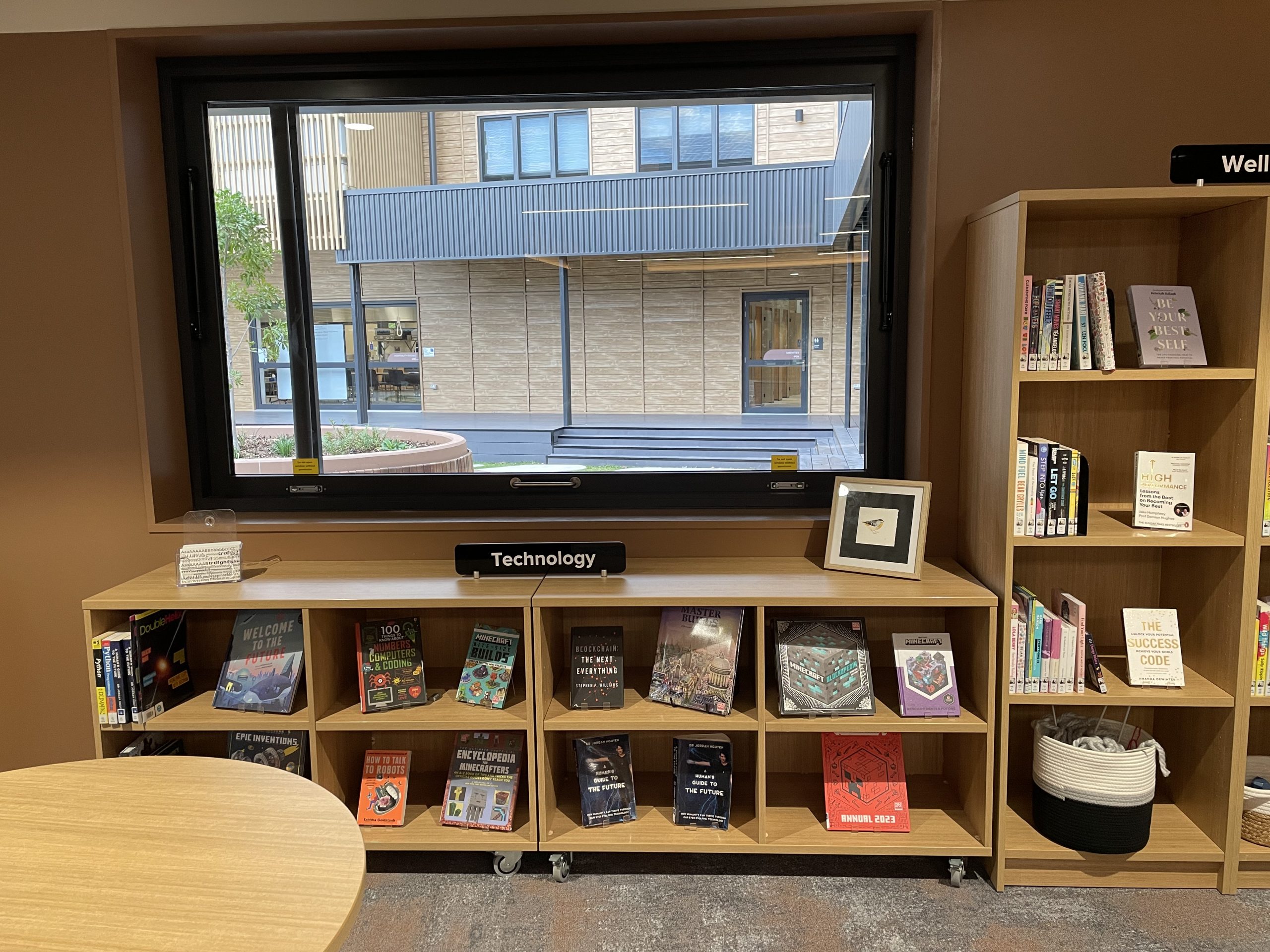
Removing Barriers
I think the biggest benefit of genrefying a non-fiction collection is the removal of barriers that prevent staff and students accessing books quickly and easily. I think about barriers a lot. You’ll find a post all about removing barriers in the school library here. But when I was investigating the importance of reading non-fiction, I quickly discovered that the popularity of non-fiction very much depends on the barriers they face when trying to select. And when I say barriers, with non-fiction I am talking about the dewey decimal system. Why should a student need to know that 567 is the place to find reptiles? Why can’t they just find it in a Reptiles or Animals collection? Do bookshops require customers to decode a system to find what they need? No! It’s all easy to find and makes sense for the customers. Genrefication offers the same thing for our library users.
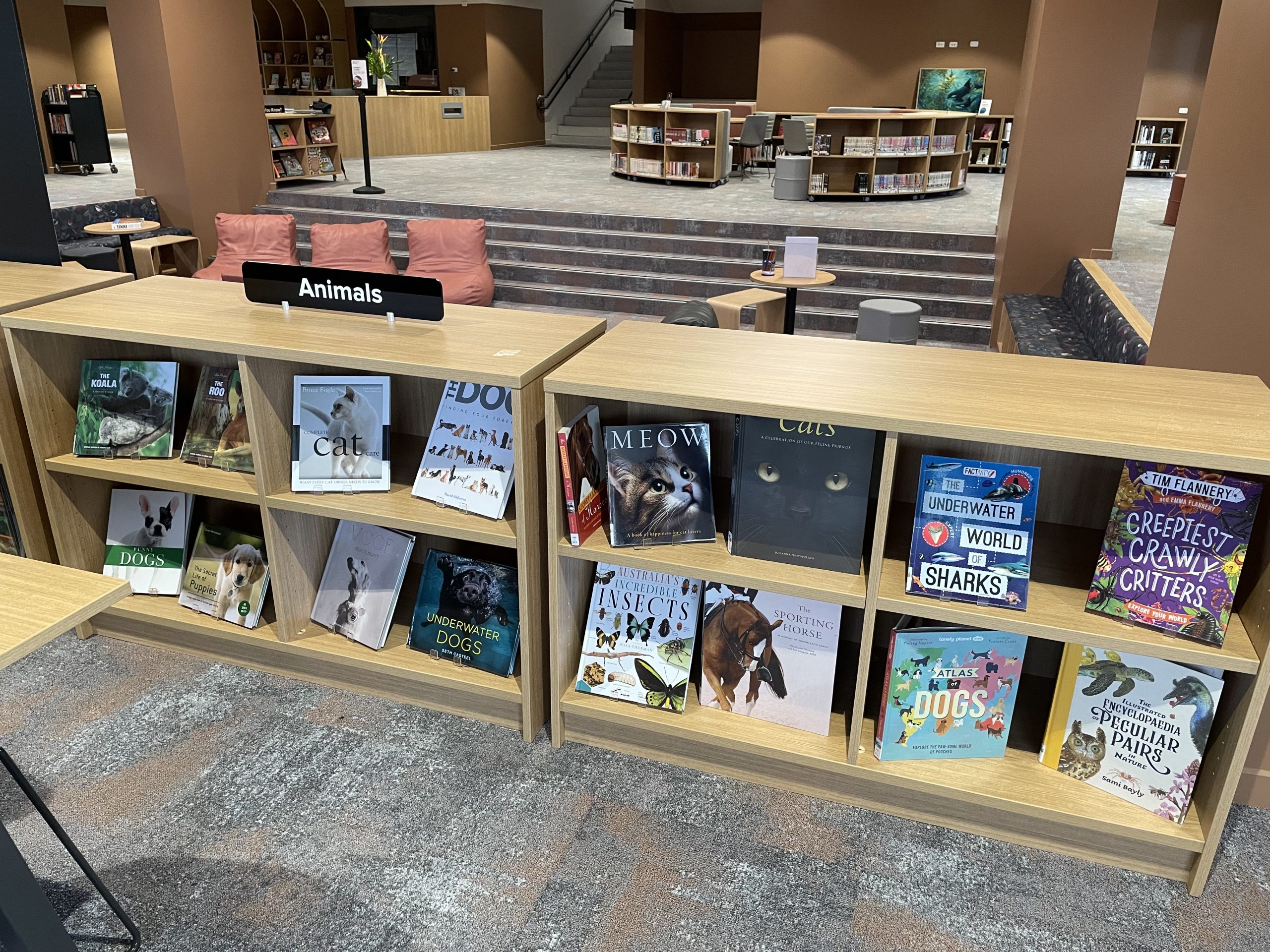
Easier Reshelving
Now, this one depends a little on your ability to live on the wild side. Talking with many school library staff who I’ve worked with over the years about reshelving (because, I honestly don’t do much of it), many tell me the time it takes to reshelve a genrefied collection vs a non-genrefied collection is about the same and it’s as just easy. You just do it a little differently. The time saving and ease comes in if you can start to let loose a little. Here’s an example. You have a Languages collection. The books still have decimal stickers on them, but all sit together on the same shelf. You can reshelve in strict decimal order within the section or you could – gasp – just put it on the shelf in that section because the books are so much easier to find within collections, strict dewey order isn’t needed. Or, go even more wild and ditch the dewey stickers altogether and just group the books by the collection sticker. Now that’s easier reshelving.
Space and flexibility
Yes, genrefied collections take up more space. That’s because while you might be okay starting the 500s on the same shelf as the 400s end, you are going to want to sit the Science collection on a new shelf or possibly even a different area from your Languages collection. However, while you might need a bit more room for your genrefied collections what you get back is flexibility. No longer do you need long, straight aisles for your collections. No longer must 699 sit next to 700. It can go anywhere it darn-well pleases, which I absolutely love. Bigger collections can be placed where you have more shelving space, collections that need better promotion can sit front and centre. You can move bookshelves around – if you are lucky enough to have mobile shelving – without having to rearrange the books to continue the decimal order. You can group smaller collections into larger overarching ones or sit similar collections next to each other to increase discoverability. You can ditch long aisles and straight shelving and enjoy little clusters of shelves or collections that are spread out across the library area. You can even intermingle fiction and non-fiction. There are no rules and you are rewarded with great flexibility in how you organise your library space.

Promote what’s important
I love that the collections you create for your genrefied non-fiction collection reflect your collection, your users and your school community. No two genrefied non-fiction collections need be the same. Here’s an example. My school is very focused on creativity, entrepreneurship, wellbeing and character traits like leadership, so we have a collection for each of those subjects. However, if your school is focused on agriculture or marine science, you could create separate collections for them rather than those books sitting in a larger Science collection. What you choose to highlight is up to you and how many books you have on that topic. It’s the same for your collection names. No longer are you tied to the subject headings dewey created. You can title collections with words that makes sense to your students or reflects the language of your school.
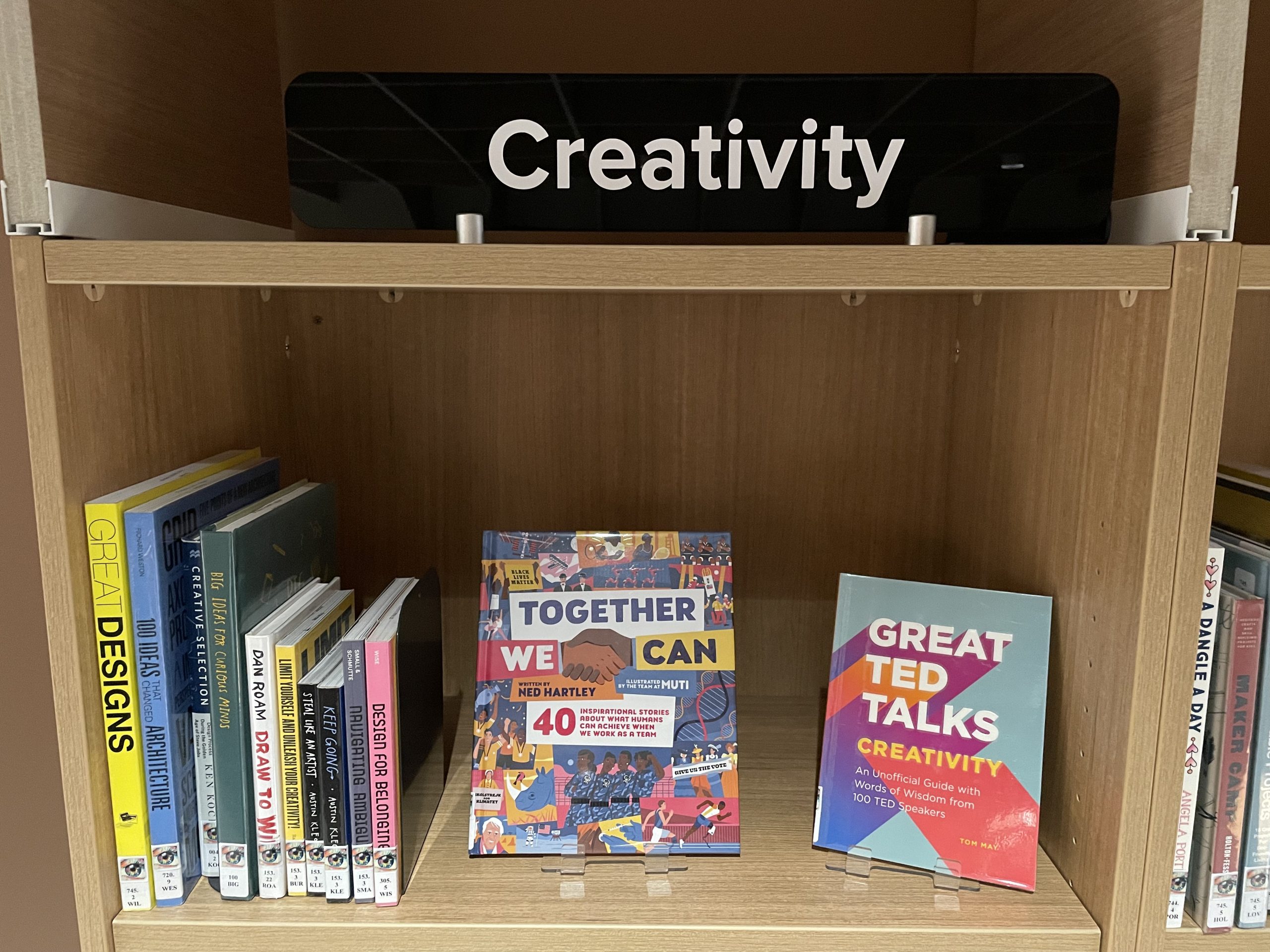
Grouping like titles
Now, a counter-argument I hear a lot about genrefying non-fiction is “but it’s already genrefied”. And yes, to an extent, it is. Your animal books sit together. Well, sort of. Some sit in animals in the 500s and some in pets in the 600s. And your plane books sit together. Unless you mean the military aircraft, because they are in the 300s, the other plane books in the 600s and you might even find some in the 900s. But aside from that right, basically all grouped together. Just don’t think about the 000s. Or all those little topics spread throughout the collection. And don’t even ask me where to find a book about a famous female.
You only have to look up and spend time going up and down shelves, round and round, to find books on a similar topic to know that the decimal system has flaws. And don’t even get me started on its real flaws (homophobic, racist, anti-Semitic, I could go on).
A genrefied collection means you can group the titles in exactly the way that makes most sense for your students and staff and collection. You might have enough books on pets to create a separate section or maybe you are just going to group them in all an Animal section. That military plane book? You can put it together will all the other planes, trains and car books in a section if you know that’s where it will get the most traffic, or if you know it’s dense title, only used for research of WWII, then put it with the WWII collection. It’s going to save you so much time. No more pulling lists of books, no more wandering around, just collections of books that are easy to find and easy to pull.
Change, change, change
The whole point of a genrefied non-fiction collection is that it is unique to your school library and that makes it easy to update and change to reflect your changing school library. Add a Cert III in Fitness to the school curriculum, why not create a Fitness collection that sits alongside your Sport collection. Students develop a love of gaming? Create a Gaming collection or maybe even a sub collection within your Technology collection. It’s up to you and what work for your students.
Access
All of this results in easier access for staff and students. I love how browsable my genrefied non-fiction collection is. I love that students can look up a cooking book on the iPad, find it listed in the cooking collection, find the shelf with the cooking sign (or skip the last two steps and just do this one) and quickly locate it on the shelf. No numbers, no off-putting systems to decode, just simple clues to find the information they need. I love that my principal walks past our Entrepreneurship collection and very visibly sees how the school library is supporting the school’s vision rather than never noticing those books in the 300s… or maybe that’s the 700s?
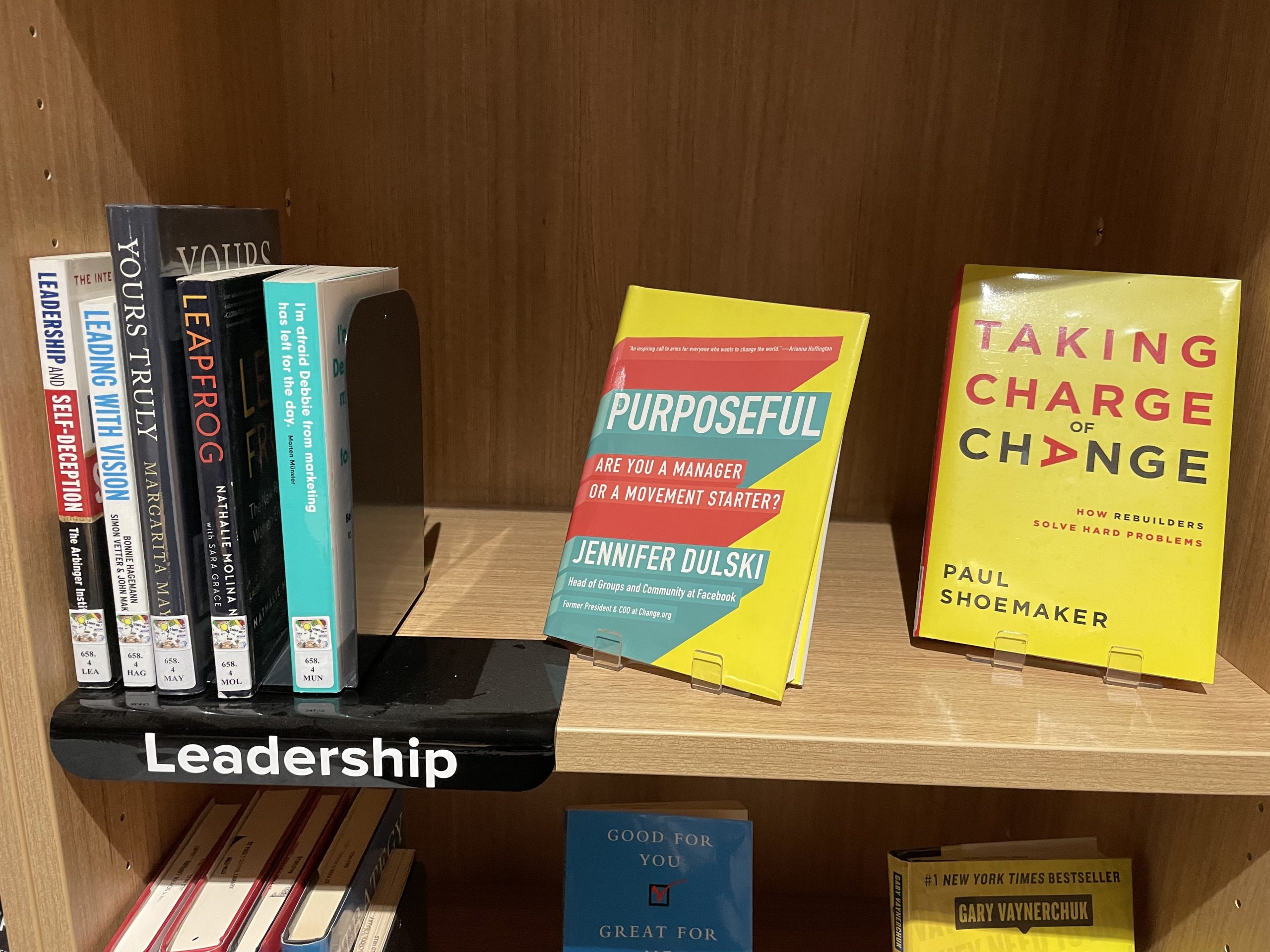
Still not sure? Check out my genrefication myths and FAQ post.
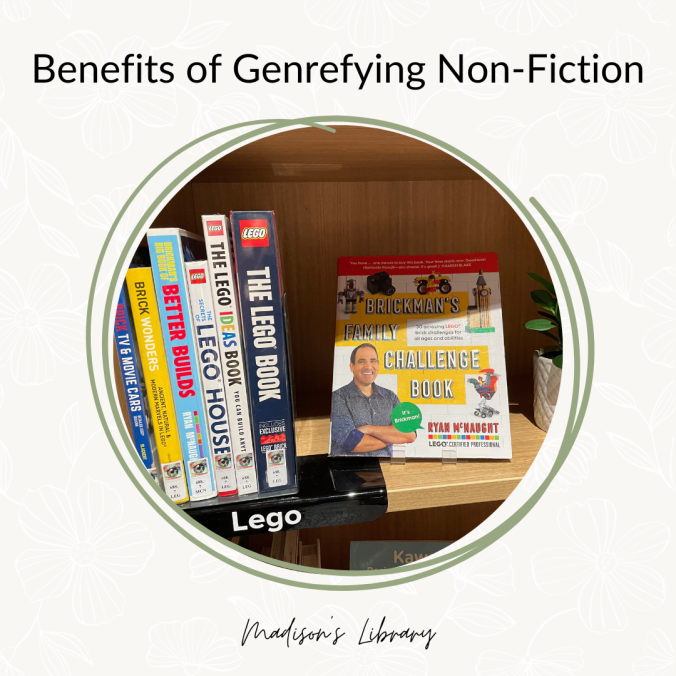
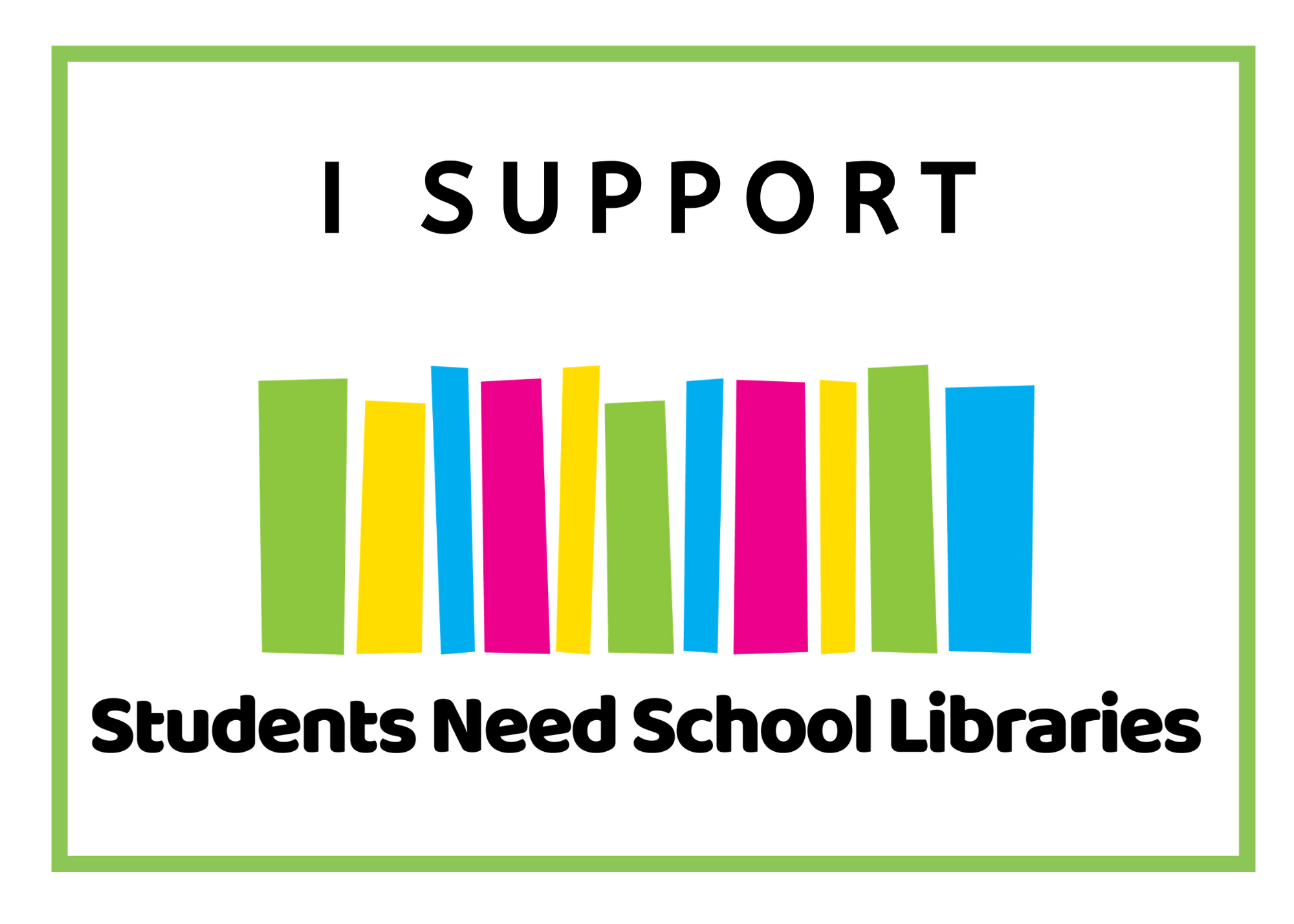

Leave a Reply